Ⅰ. Introduction to soft magnetic alloy
The raw materials of soft magnetic alloys are mainly rods, strips and plates, etc. The parts are cut, punched, stamped or rolled by cold working methods. In the process of processing, the original grain structure of the material will be destroyed, which will reduce the magnetic permeability of the material. At the same time, the processing stress generated during the processing will cause the instability of the part size. Therefore, parts made of soft magnetic materials must be annealed after processing and forming, so that the material can regain a regular equiaxed grain structure, and reduce the impurity content in the material, restore and improve the magnetic properties of the material, and eliminate the processing stress and stabilize the part size at the same time.
Ⅱ. Annealing of soft magnetic alloy parts
According to different materials and application requirements, the annealing of soft magnetic material parts can be high temperature annealing (1150~1250 ℃) and medium temperature annealing (800~850 ℃). Among them, the permalloy of high magnetic permeability materials is usually annealed at high temperature, and sometimes in order to further improve the magnetic permeability, magnetic field annealing is also used; and for transformers, transformers or motors, stacked or coiled silicon steel sheets (usually called iron cores) ), they adopt medium temperature annealing.
1. Square vacuum annealing furnace
At present, the annealing of soft magnetic materials mainly adopts a pit-type external heating atmosphere furnace, which is processed by nitrogen or hydrogen protection. This processing method has obvious defects, especially when nitrogen is used as a protective atmosphere. First of all, when using the nitrogen protection method, the purity of the atmosphere obtained by nitrogen replacement in the furnace is not enough. The flow direction of nitrogen has a greater impact on the surface quality of the workpiece, and the color of the parts in the same furnace is often inconsistent.
This is due to the slight oxidation of some workpieces in the area where the nitrogen flow is not smooth. Secondly, the temperature uniformity of the external heating furnace is poor, the performance of the processed parts is different, and the qualification rate is low. In addition, in terms of energy consumption, the lining of the external heating furnace is thick, and the power consumed on the lining during the heating process is large, and the thermal efficiency is low; high purity nitrogen needs to be continuously charged during the heating process, and the nitrogen consumption is large; The service life of heat-resistant steel retort at high temperature is short, which leads to higher operating costs of the external heating furnace. If hydrogen is used as a protective atmosphere, depending on the strong decarburization ability and reduction effect of hydrogen, the performance and surface quality of the workpiece can be improved, but the problems of uneven temperature and high operating cost are still inevitable.
2. Circular vacuum annealing furnace
The use of internal heating vacuum annealing furnace is of great significance to the annealing of soft magnetic alloy parts. The internal heating vacuum furnace has obvious advantages in terms of workpiece processing effect, operating cost, production efficiency and production environment.

Other Functional Composite Materials In addition to bonded magnetic compounds, we can also cooperate with customers to develop customized functional composite materials, such as high-density compounds and metal bonded plastic. We are committed to providing customers with new user experience and different design inspiration.
 CN
CN

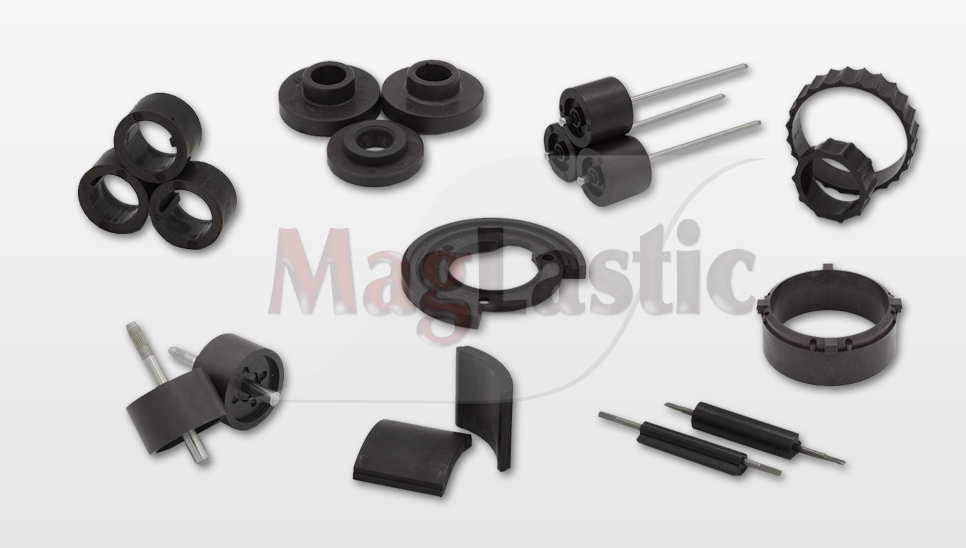
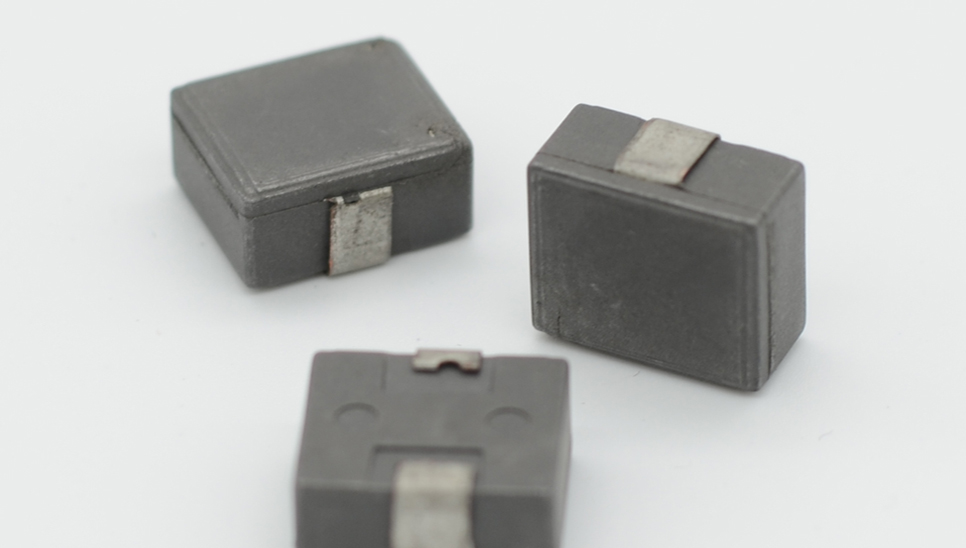
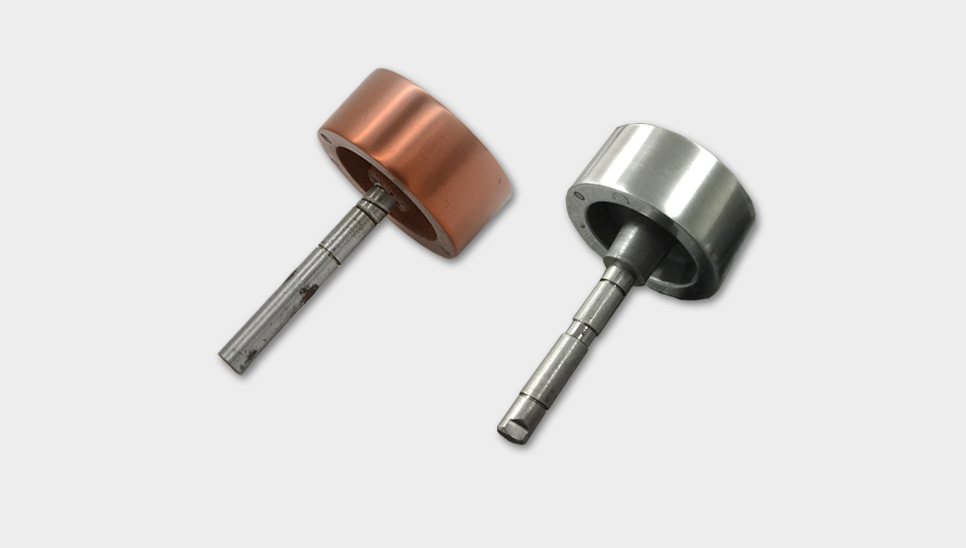
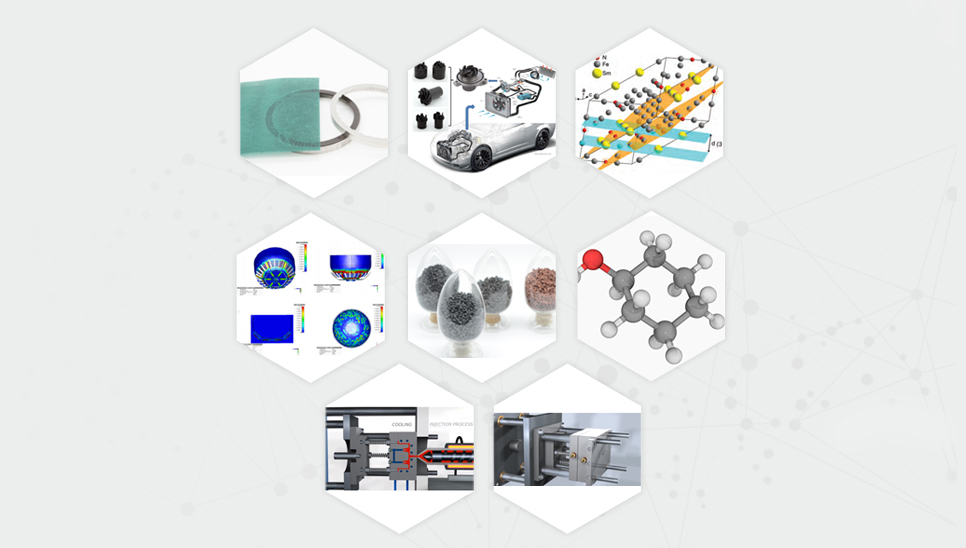

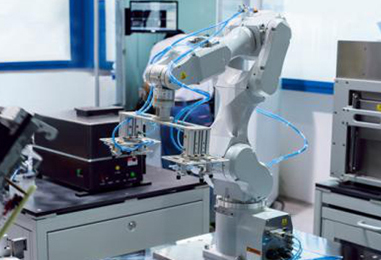
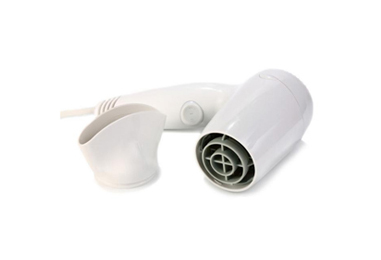

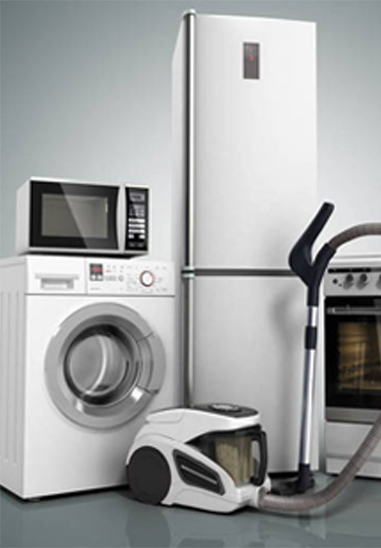

 Call us on:
Call us on:  Email Us:
Email Us:  1F, Building 3, NO.77 Gaoxin 13 road, Xiaoshan district, Hangzhou
1F, Building 3, NO.77 Gaoxin 13 road, Xiaoshan district, Hangzhou